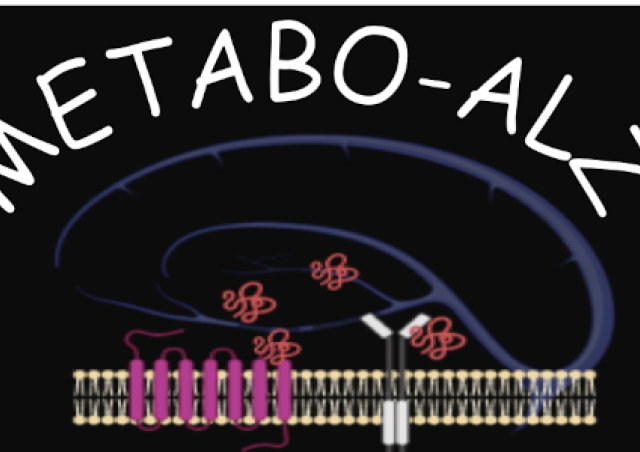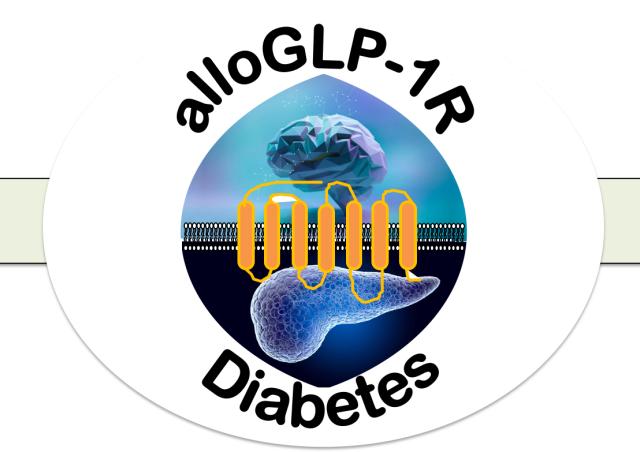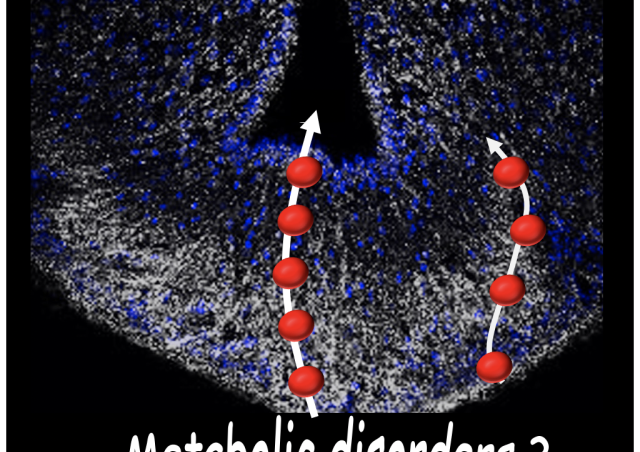Project members
Project
G protein-coupled receptors (GPCR) constitute the largest family of membrane proteins. About 30% of FDA-approved drugs act on GPCRs. Melatonin MT1 and MT2 receptors are proto-typical class A GPCRs (PMID:27314810). We are currently working on three aspects:
1. Generation of original pharmacological tools
We have a long-term interest to generate innovative fluorescent and photo-activatable ligands for melatonin receptors. To reach this goal we are closely collaborating with chemists and molecular modelers.
2. Impact of genetic variants of GPCRs in metabolism
GPCR gene variants are increasingly recognized to occur in the human genome (PMID:30531911). They may affect receptor function and their response to drugs (pharmacogenomics). They may also associate with disease risk as shown for the MT2 receptor and type 2 diabetes risk (PMID: 22286214). We are now extending this study towards other metabolic receptors involved.
3. Relevance of mitochondrial melatonin receptors on energy metabolism
Recent data show that GPCRs are not only expressed on the cell surface but also in intracellular compartments where they have important functions. The MT1 and cannabinoid type 1 (CB1) receptors are two important GPCRs which are located in neuronal mitochondria, as shown by us (PMID:28493341; 28874589; 22388959; 27828947). The goal of our project is to study the function of mitochondrial receptors.
Collaborators:
A. Llebaria (Barcelona), MC Miquel (Toulouse), L. Bellocchio (Bordeaux), C. Garcia (Sao Paulo), S. Sen (Shiv Nadar University), R. Ohara (Promega company), Bianca Plouffe (Belfast), M. Bouvier (Montréal), R. Friedlander (Pittsburgh), J. Selent (Barcelona), P. Froguel/ A.Bonnefond (Lille); I. Tikhonova (Belfast), D. Zlotos (Würzburg).

























